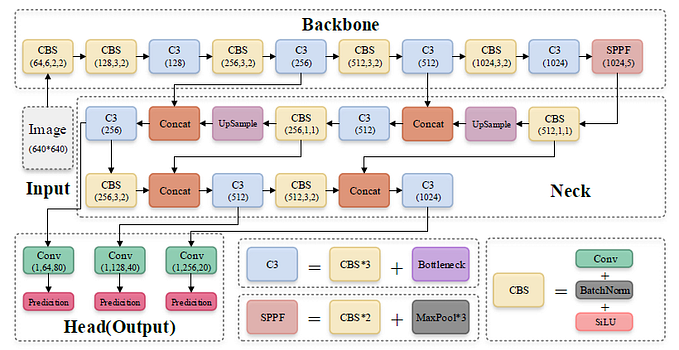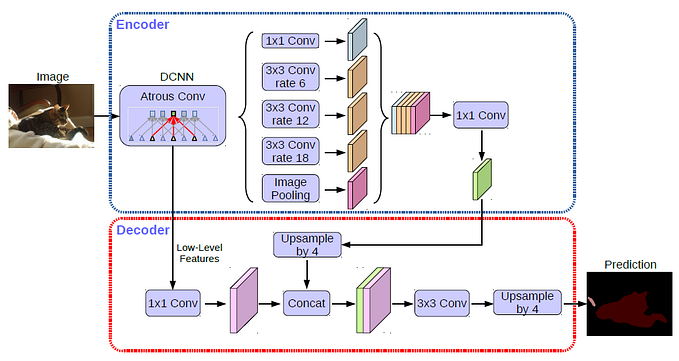Brief Review — Rectified Linear Units Improve Restricted Boltzmann Machines
Rectified Linear Unit (ReLU) Introduced
Rectified Linear Units Improve Restricted Boltzmann Machines
ReLU, by University of Toronto
2010 ICML, Over 17000 Citations (Sik-Ho Tsang @ Medium)
Activation Function, Restricted Boltzmann Machine, Image Classification, Face Recognition
- Rectified Linear Unit (ReLU) is introduced, which outperforms Sigmoid.
- This is a paper from Hinton’s research group.
Outline
- Rectified Linear Unit (ReLU)
- Image Classification Results
- Face Recognition Results
1. Rectified Linear Unit (ReLU)
- More precisely, Noisy ReLU is proposed to replace the logistic sigmoid function needs to be used many times to get the probabilities required for sampling an integer value correctly:

- where N(0, V) is Gaussian noise with zero mean and variance V.
2. Image Classification Results

- Two hidden layers of NReLUs as RBMs, are greedily pretrained. (For RBM, please read Autoencoder.)
- The class label is represented as a K-dimensional binary vector with 1-of-K activation, where K is the number of classes.
- The classifier computes the probability of the K classes from the second layer hidden activities h2 using the softmax function.

- Pre-training helps improve the performance of both unit types.
- But NReLUs without pre-training are better than binary units with pre-training.

- Pre-training both layers gives further improvement for NReLUs but not for binary units.
3. Face Recognition Results

- The feature extractor FW contains one hidden layer of NReLUs pre-trained as an RBM. (For RBM, please read Autoencoder.)
- Cosine distance is used to check whether the faces are the same.

- Models using NReLUs are more accurate.
This paper and AlexNet are often cited when ReLU is used. Classic!
Reference
[2010 ICML] [ReLU]
Rectified Linear Units Improve Restricted Boltzmann Machines
Image Classification
1989 … 2010 [ReLU] … 2022 [ConvNeXt] [PVTv2]
Face Recognition
2005 [Chopra CVPR’05] 2010 [ReLU] 2014 [DeepFace] [DeepID2] [CASIANet] 2015 [FaceNet] 2016 [N-pair-mc Loss]







